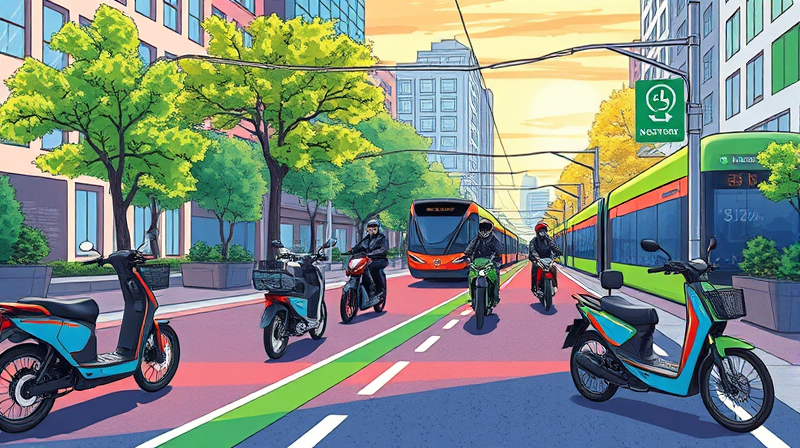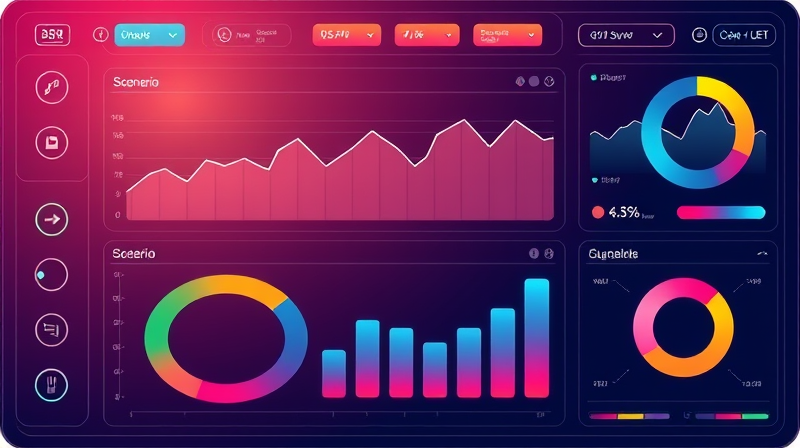
In a world where urban landscapes strain under population pressure and conventional transport systems falter, micro-mobility has emerged as a beacon of hope. This article explores the remarkable growth trajectory of micro-mobility, the forces propelling it forward, and how cities and companies are joining hands to redefine mobility. By examining real-world examples and future trends, readers will gain insights into how to leverage these developments for more sustainable and efficient urban life.
Imagine a daily commuter who swaps a two-hour bus journey for a quick e-scooter ride, arriving at work refreshed rather than fatigued. That shift in experience—from frustration to freedom—illustrates the profound human impact underpinning the market statistics.
The global micro-mobility market is in the midst of an unprecedented expansion. From a base of approximately $63 billion in 2024, projections forecast a staggering surge to as much as $245 billion by 2033. Annual growth rates vary by region and period but remain consistently robust, with CAGRs reported between 12% and 26.4%. Such figures underscore not only market confidence but also the urgent demand for alternative mobility solutions.
Key forecasts illustrate this momentum vividly:
Regionally, Europe currently leads in market size, while the Asia Pacific region—powered by rapid urbanization in India and China—boasts the fastest growth, exceeding 13% CAGR. Governments across these markets are investing in infrastructure and policy frameworks to sustain this momentum.
Beyond numbers, global cities are witnessing transformative change. In Los Angeles, shared scooters now dot the famous Hollywood Boulevard, offering tourists and locals alike a novel perspective on iconic landmarks. In Paris, integrated e-bike docks at metro stations reduce walking time for thousands of commuters. Each deployment tells a story of cities adapting to the evolving needs of their residents.
Several intertwined factors fuel the micro-mobility revolution. From demographic shifts to technological breakthroughs, each driver reshapes how people move within cities.
Each driver not only influences demand but also shapes policy decisions and private investment strategies. Urban planners now routinely include micro-mobility data in traffic models, leading to more accurate forecasts and targeted infrastructure spending.
At the heart of micro-mobility growth lies a powerful alliance between government bodies and private operators. Cities are not merely passive observers; they actively shape the ecosystem through policy, funding, and regulation.
On the public side, many municipalities are dedicating lanes and parking zones, integrating micro-mobility into comprehensive urban plans. National governments, such as India’s, allocate billions to modernize railways and support last-mile solutions. These investments signal a commitment to reducing pollution, easing congestion, and fostering economic growth.
Private firms like Lime, Bird, and Dott bring operational expertise, fleet management, and data-sharing platforms for enhanced planning. Their agility in adapting to local regulations—such as geofencing speed limits and parking restrictions—demonstrates a willingness to co-create solutions with cities.
Equity considerations are becoming pivotal. Low-income neighborhoods often lack safe walking routes or public transit options. Public-private pilots in cities like Medellín provide subsidized e-bike passes for students and essential workers, ensuring that micro-mobility benefits extend beyond affluent districts.
Examples of successful partnerships abound:
Micro-mobility is not a one-size-fits-all proposition. Market segmentation enables tailored solutions that address specific urban challenges and customer needs.
This diversity fosters experimentation: companies test varied speed limits (up to 25 km/h or 45 km/h), explore docked versus dockless systems, and trial subscription-based access. Adaptive designs, like three-wheeled e-bikes for elderly riders, illustrate the potential for inclusive innovation.
This granularity enables pilots tailored to community needs. In Amsterdam, bespoke “cargo bikes” serve local businesses, while Geneva trials shared e-trikes for tourists visiting hilltop landmarks. Such initiatives demonstrate how micro-mobility can be customized to fit unique urban profiles.
Despite the promise, the path forward is not without obstacles. Safety concerns rank high, with cities grappling to reduce accidents and enforce helmet use. Vandalism and theft threaten operator profitability, while overcrowded streets suffer from scooter clutter.
Operators and governments must address these challenges through combined strategies:
Community engagement and education are essential. In Portland, workshops teach new riders road etiquette, while in Buenos Aires, neighborhood councils help designate safe parking zones. These grassroots efforts complement top-down regulations.
As micro-mobility matures, several emerging themes will define its next chapter:
Moreover, as 5G networks roll out globally, micro-mobility platforms will gain unprecedented responsiveness. Predictive analytics will anticipate demand surges, automatically redeploying vehicles to hotspots before shortages arise. This proactive approach elevates user satisfaction and operational resilience.
European cities like Barcelona leverage sensor networks to adjust traffic signals based on scooter flows, while Tokyo integrates micro-mobility data into its emergency response systems. These examples showcase the transformative potential when micro-mobility becomes a true partner in city operations.
Ultimately, the success of micro-mobility hinges on a shared vision: creating more livable, sustainable cities where people can move freely and safely. By nurturing dynamic public-private partnerships and prioritizing innovation, stakeholders can unlock the full potential of micro-mobility investments.
In the coming decade, we can expect continued investment, deeper collaboration, and the rise of novel business models that deliver both economic returns and societal benefits. For urban planners, investors, and everyday commuters alike, embracing micro-mobility is not just a strategic choice—it is a commitment to building the resilient cities of tomorrow.
References













